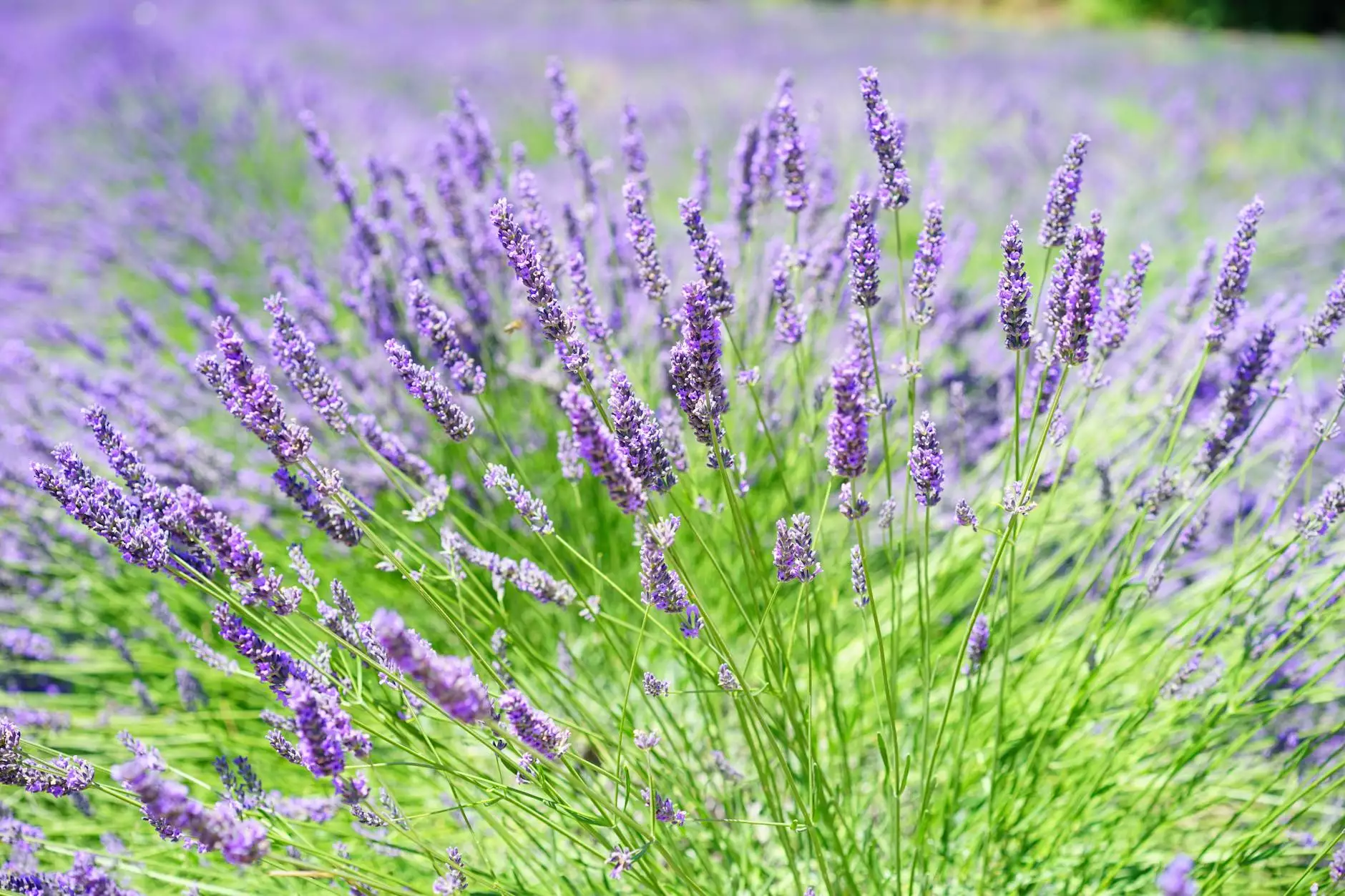Comprehensive Guide to the Management of Stored Grain Pest

Effective management of stored grain pests is crucial for farmers aiming to protect their substantial investments in grain. Pests can wreak havoc on your stored produce, leading to substantial financial losses and degrading the quality of the grain. This article delves deep into the strategies, techniques, and technologies available for farmers to manage these pests effectively.
Understanding Stored Grain Pests
Stored grain pests include a variety of insects and rodents that thrive on grains. Understanding these pests is the first step in effectively managing them. Common pests include:
- Grain weevils: These include the rice weevil and maize weevil, notorious for their ability to bore into grains.
- Flour beetles: Species like the red flour beetle, target grains and can multiply rapidly under optimal conditions.
- Moths: The Indian meal moth is a common pest in stored grain, laying eggs on the grain surfaces.
- Rodents: These creatures not only eat grains but can also contaminate large amounts of stored grain.
The Importance of Integrated Pest Management (IPM)
Implementing an Integrated Pest Management (IPM) approach is key to effectively control stored grain pests. IPM combines several management strategies that minimize pests while reducing reliance on pesticides. Key components of IPM include:
- Monitoring: Regularly inspect grain storage areas to identify any signs of pest activity early.
- Prevention: Implement structural strategies to eliminate pest entry points into storage facilities.
- Cultural practices: Modify storage practices, such as maintaining optimal grain moisture levels, to deter pest infestations.
- Mechanical controls: Use traps and other non-chemical methods to control pest populations.
- Chemical controls: Apply pesticides judiciously and only when necessary, following all application guidelines.
Preventive Measures in Grain Storage
Preventing pest infestations starts even before the grain is stored. Here are some effective preventive measures:
- Cleaning: Before storing new grain, ensure that storage facilities are thoroughly cleaned to remove any remnants of previous infestations.
- Inspection: Regularly inspect incoming grain for any signs of pest activity.
- Drying: Maintain appropriate moisture levels (below 13% moisture for most grains). Moist grains attract pests.
- Seal Storage Units: Use well-maintained and sealed containers or silos to avoid pest access.
- Temperature Control: Implement temperature controls, knowing that pests thrive in warm conditions.
Monitoring Techniques for Pest Detection
Proactive monitoring techniques can greatly enhance a farmer's ability to detect and control stored grain pests. Techniques include:
- Visual Inspections: Conduct regular visual examinations of stored grain for signs of fecal pellets, webbing, or live insects.
- Trapping: Use pheromone traps to capture adult insects and monitor their populations effectively.
- Sampling: Regularly sample the grain to assess for pest activity and population densities.
- Temperature and Humidity Sensors: Utilize sensors to monitor environmental conditions that favor pest proliferation.
Best Practices for Chemical Control
When pest populations exceed acceptable thresholds, chemical control may become necessary. Here are some best practices for safe application:
- Research: Understand the life cycles and biology of the pests to choose effective pesticides.
- Follow Guidelines: Always adhere to manufacturer instructions and local regulations for pesticide use.
- Targeted Application: Apply chemicals in areas where pest activity is confirmed, reducing unnecessary exposure.
- Safe Handling: Use proper personal protective equipment (PPE) when handling pesticides.
- Post-Treatment Monitoring: After applying pesticides, continue to monitor for pest activity to evaluate the effectiveness of treatments.
Utilizing Technology in Pest Management
The modern farmer can leverage technology to enhance their management of stored grain pests. Technologies that can be beneficial include:
- Automated Monitoring Systems: Use sophisticated systems that automatically track temperature, humidity, and pest activity.
- Data Analytics: Employ data analysis tools to forecast pest outbreaks based on climatic conditions and historical data.
- Drones: Utilize drones for aerial inspections of large storage facilities.
- Mobile Apps: Engage with mobile applications that provide pest identification and management strategies.
The Role of Training and Education
Ongoing training and education for staff involved in grain storage is vital in pest management. Keeping your team informed ensures that everyone understands the latest techniques and products, which can significantly mitigate pest risks.
Regular workshops, seminars, and training sessions can be beneficial, covering topics like:
- Identification of common pests
- Understanding pest biology
- Effective use of monitoring tools
- Application and safety of pesticides
Conclusion
In conclusion, the management of stored grain pests is an essential aspect of farming that requires a comprehensive approach. Utilizing integrated pest management strategies, preventive measures, effective monitoring, and modern technology all contribute to significantly reducing the impact of pests on stored grain. By investing in training and employing best practices, farmers can protect their harvest, preserve quality, and ensure economic viability.
For more resources regarding farming equipment and pest management, visit tsgcinc.com to explore solutions that enhance grain storage and pest control practices.








